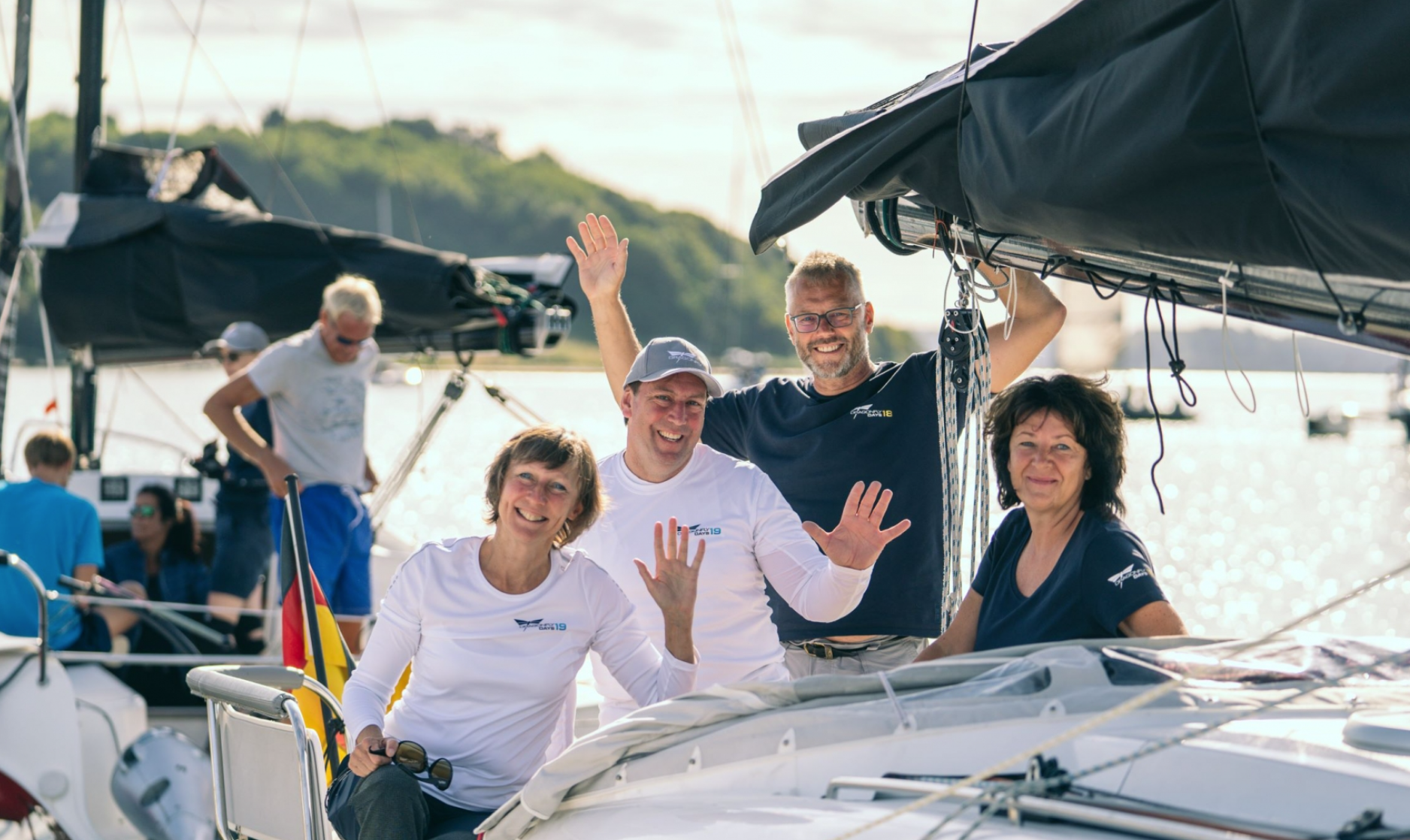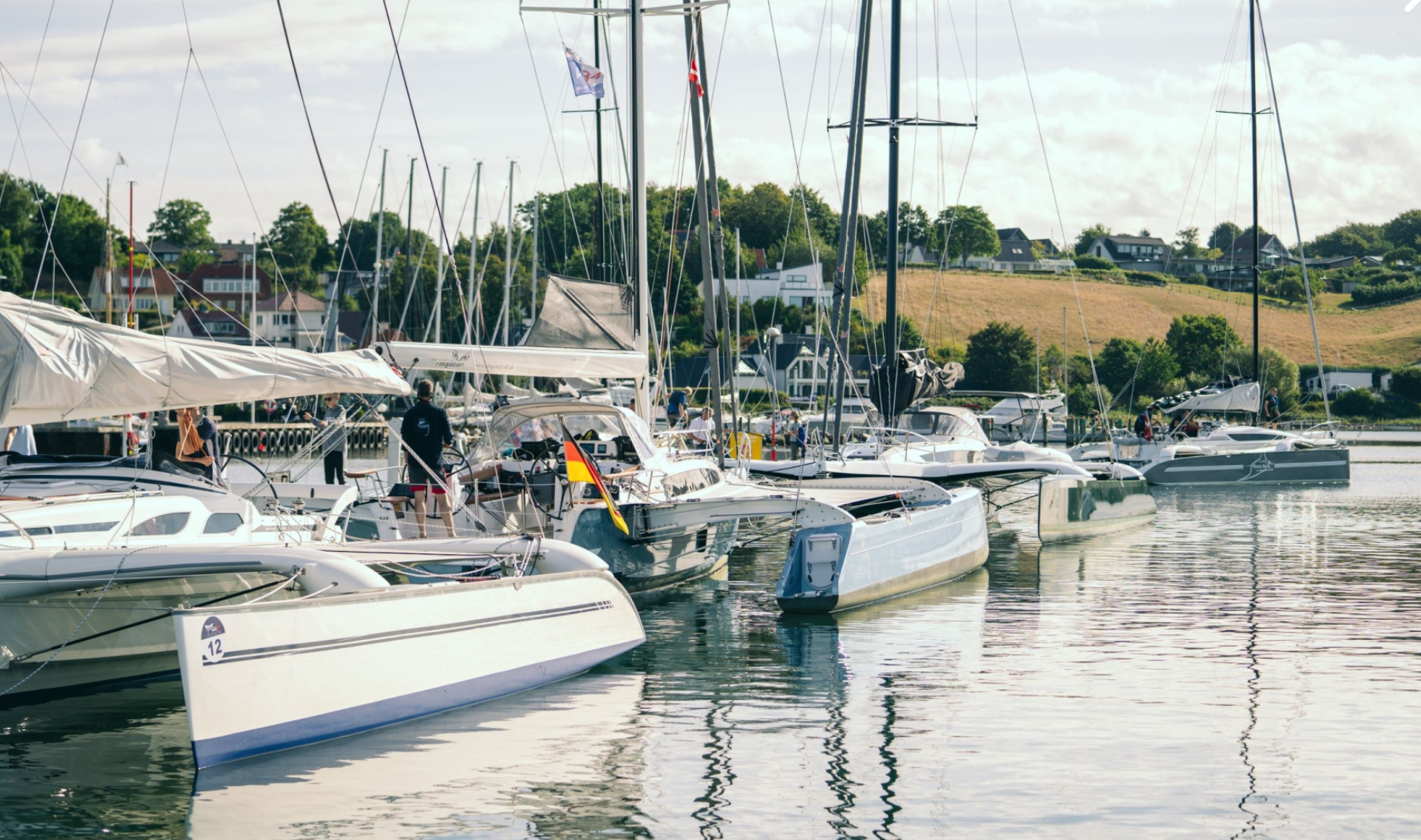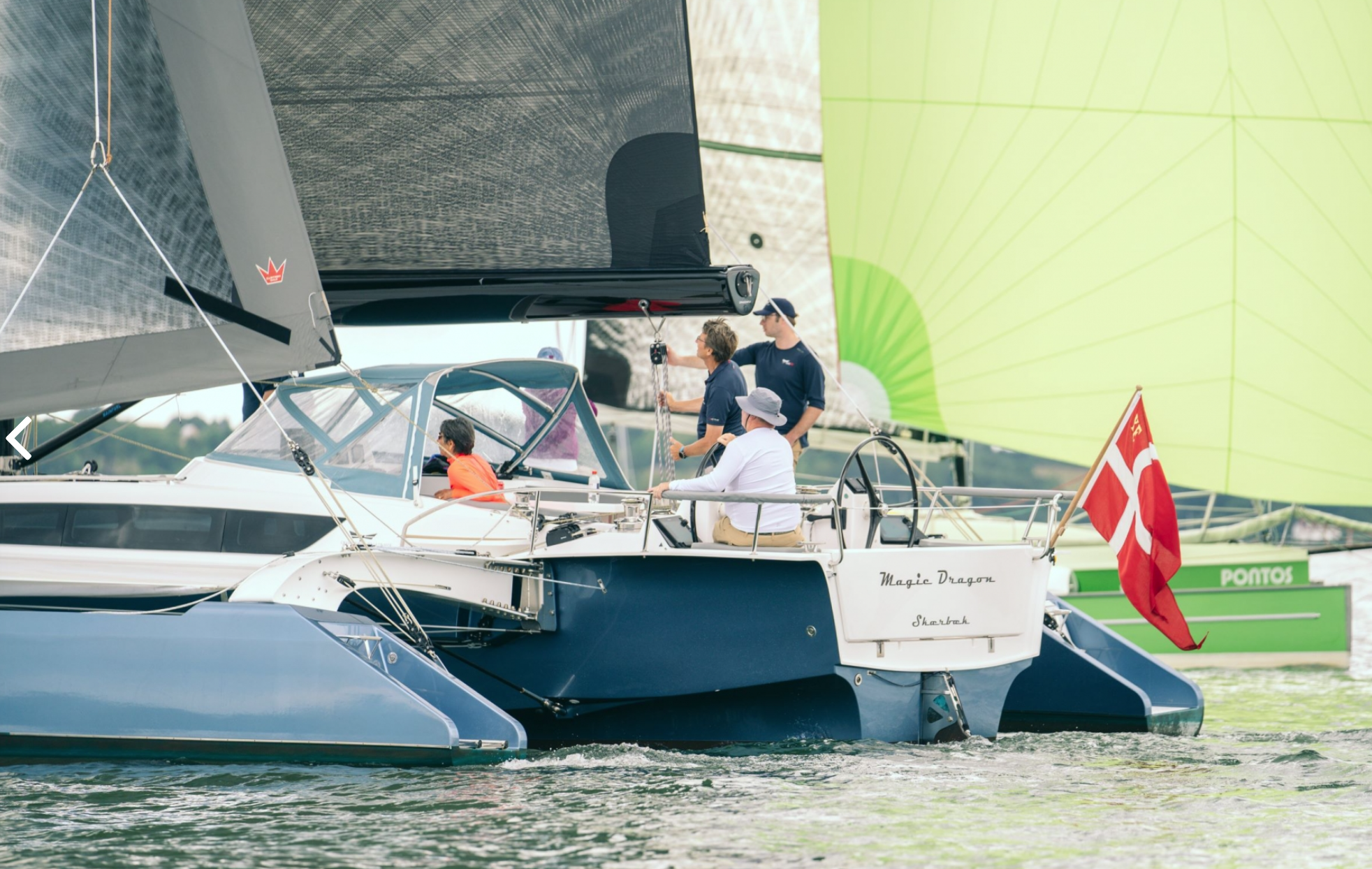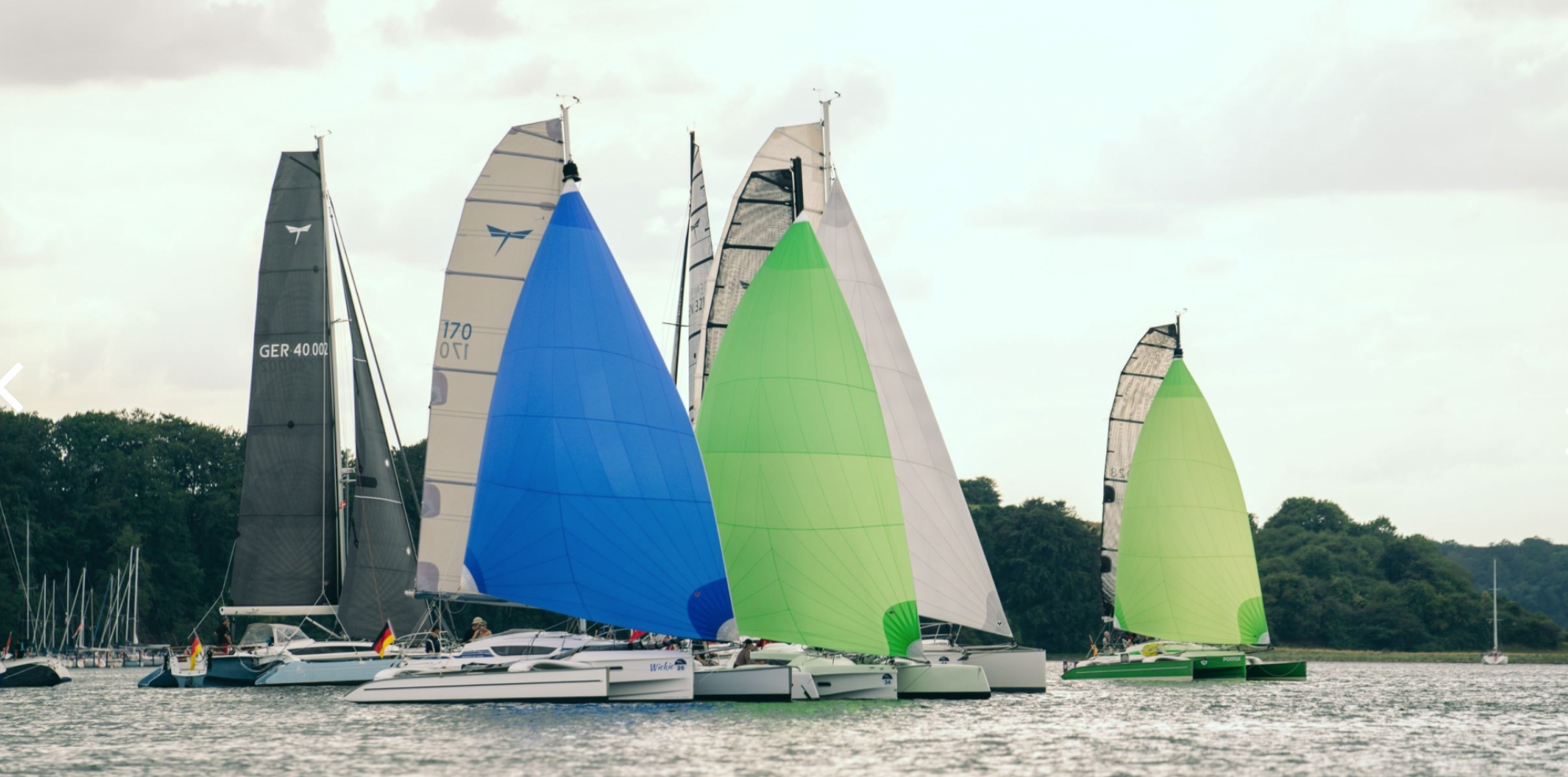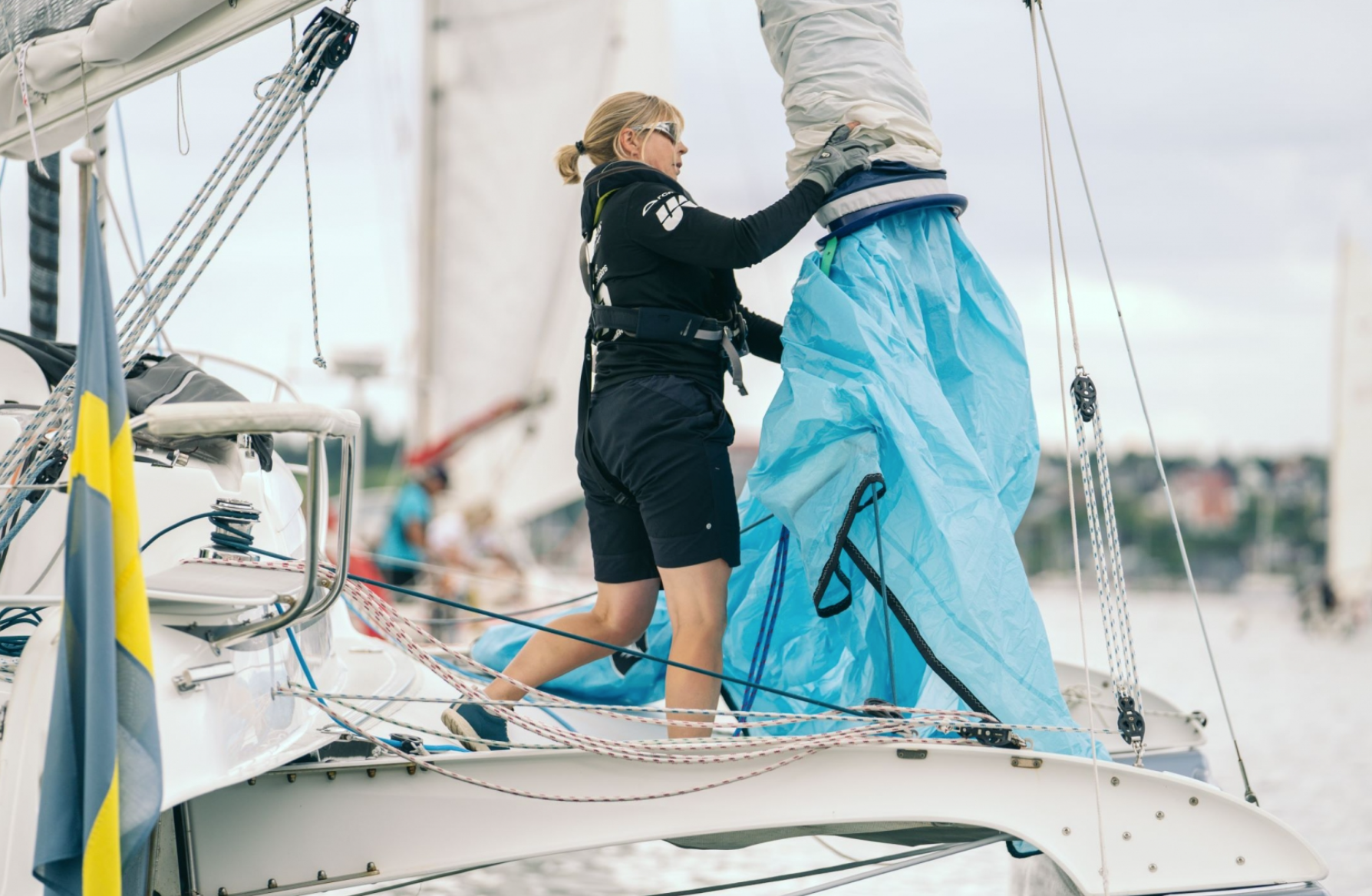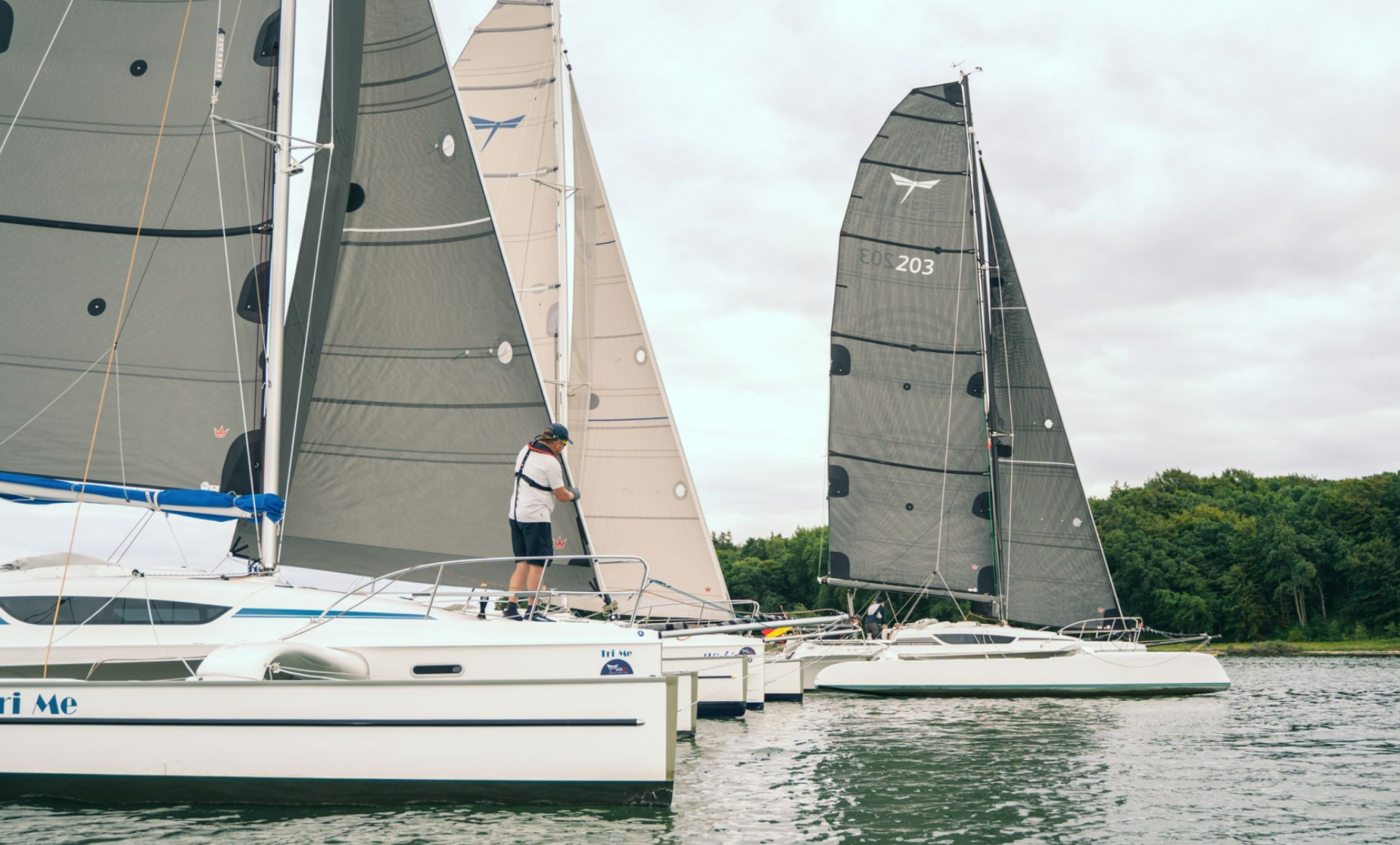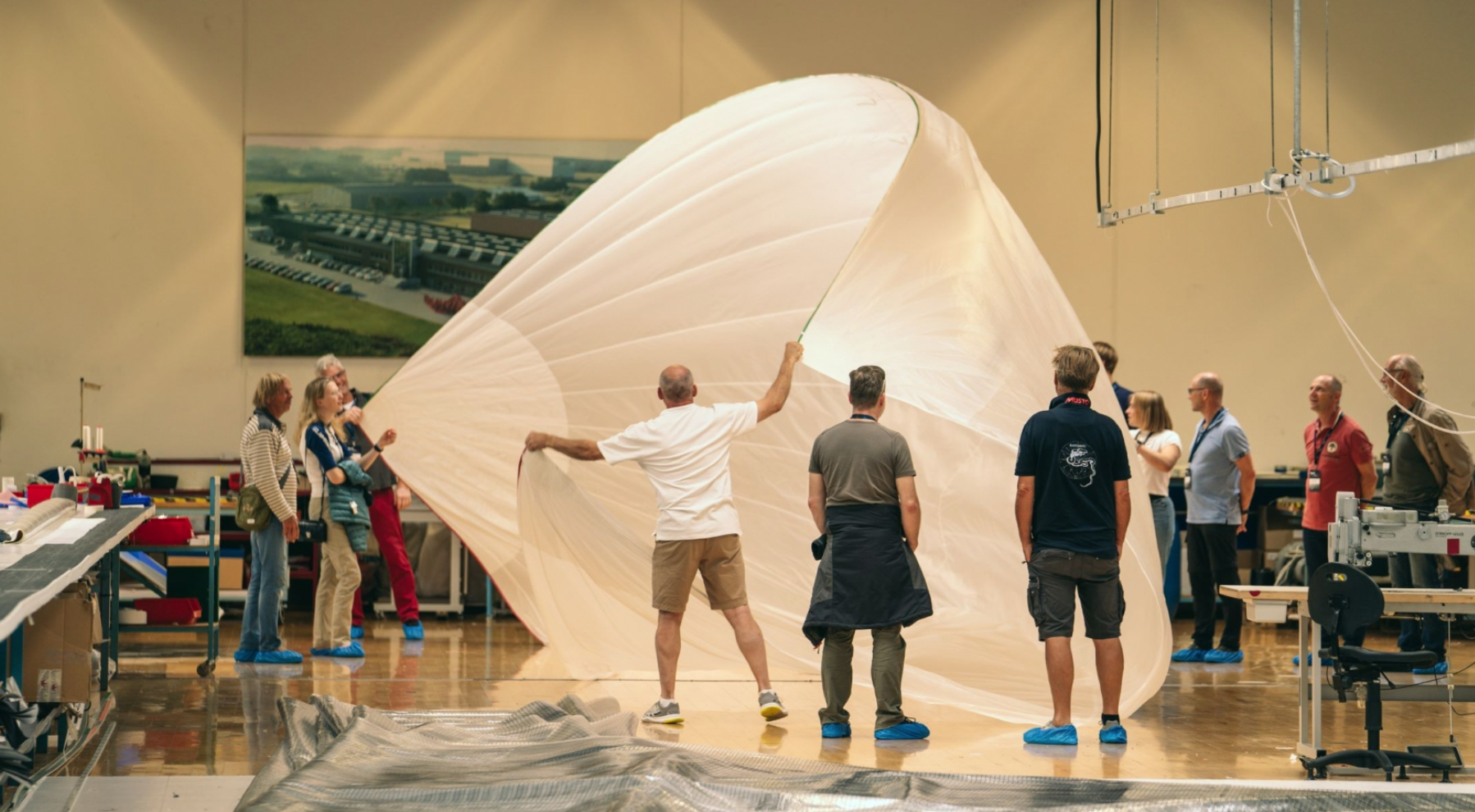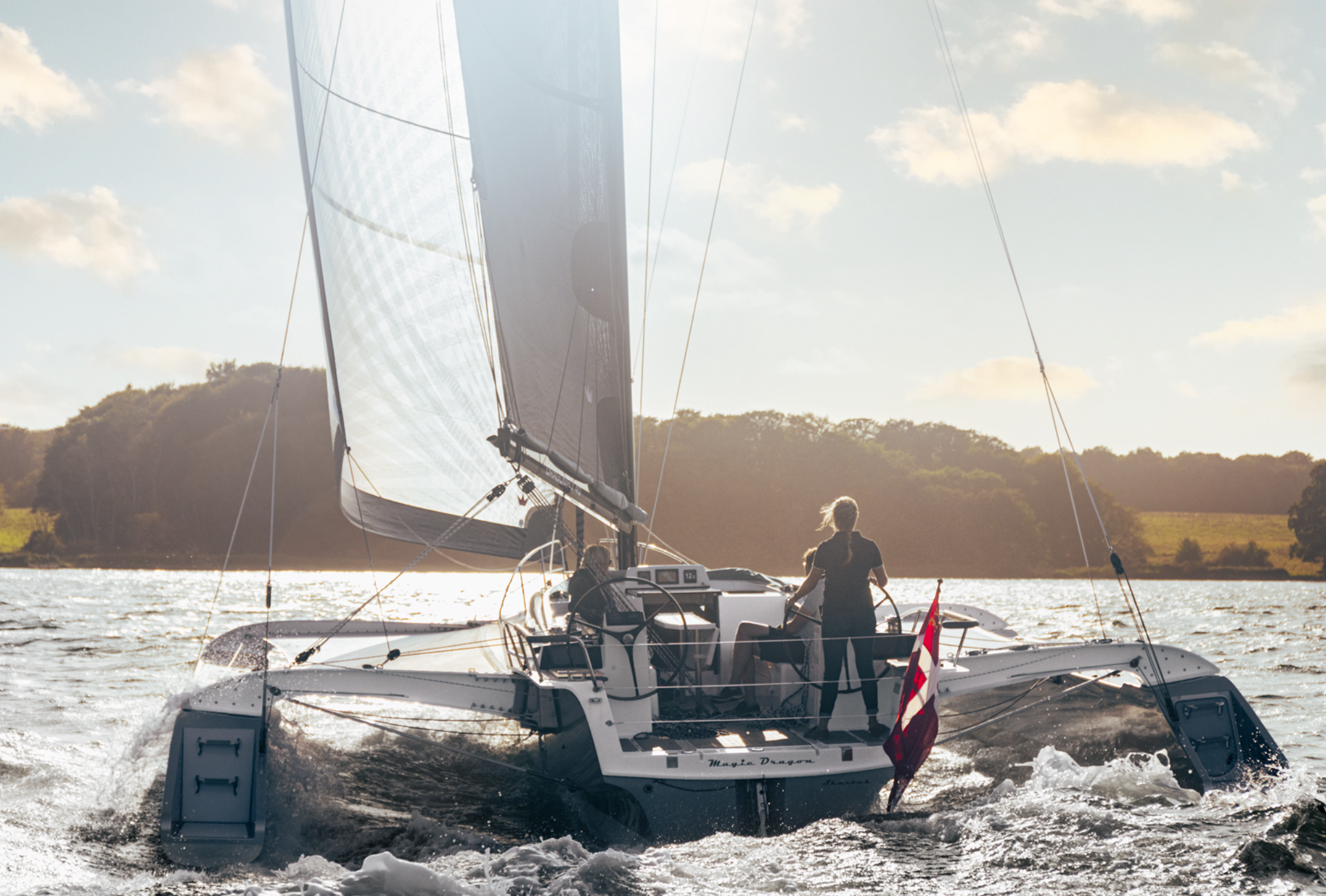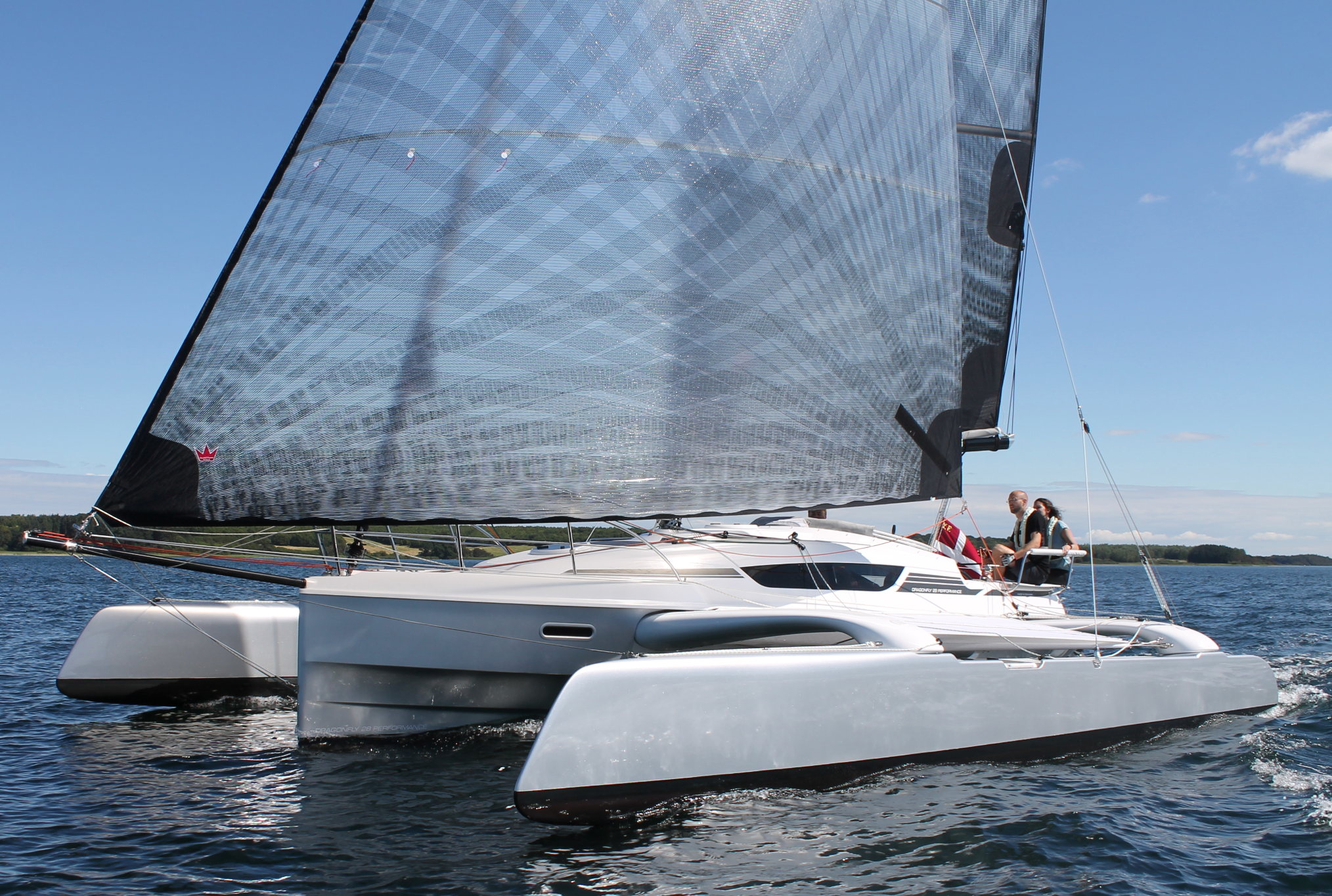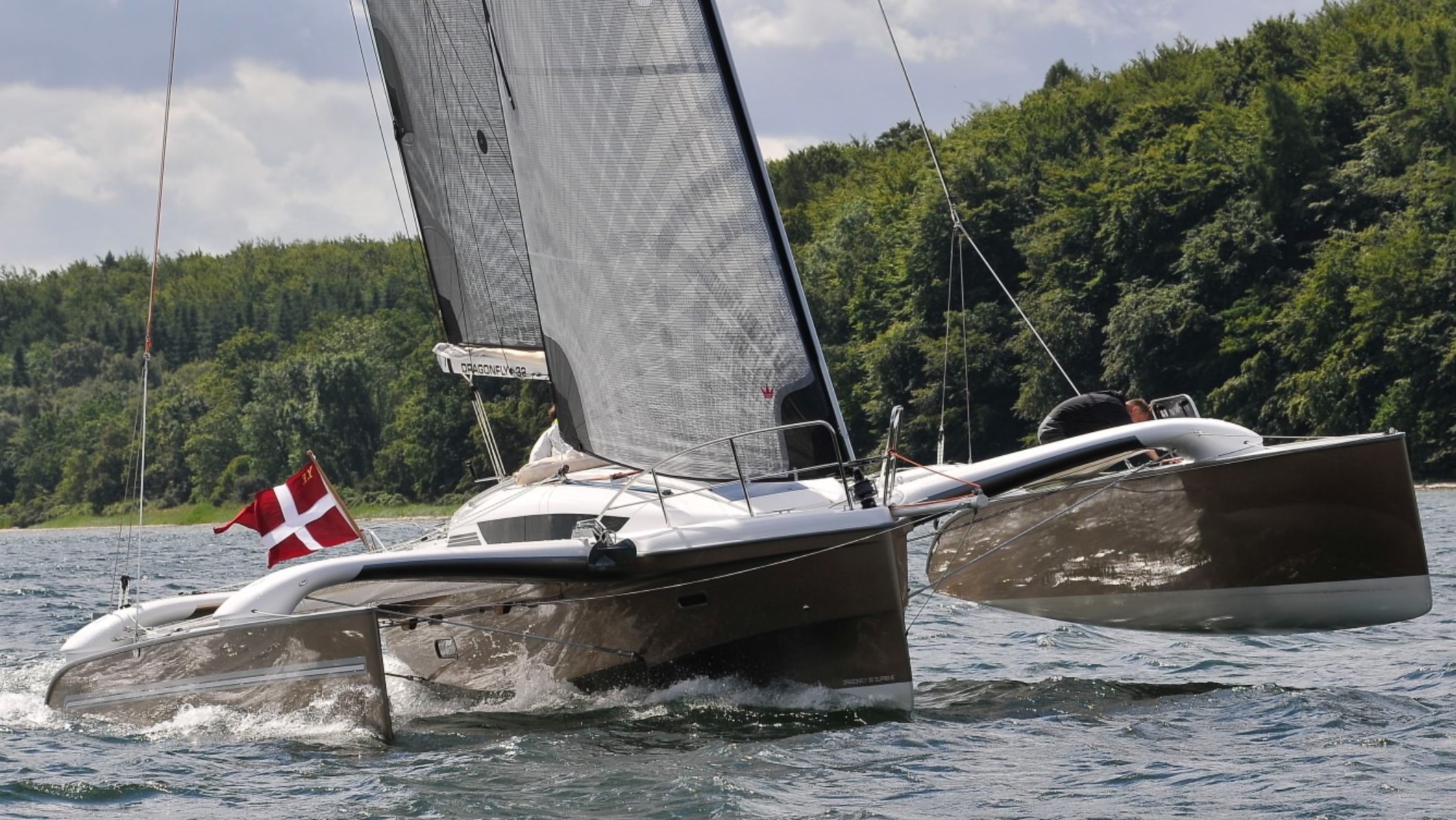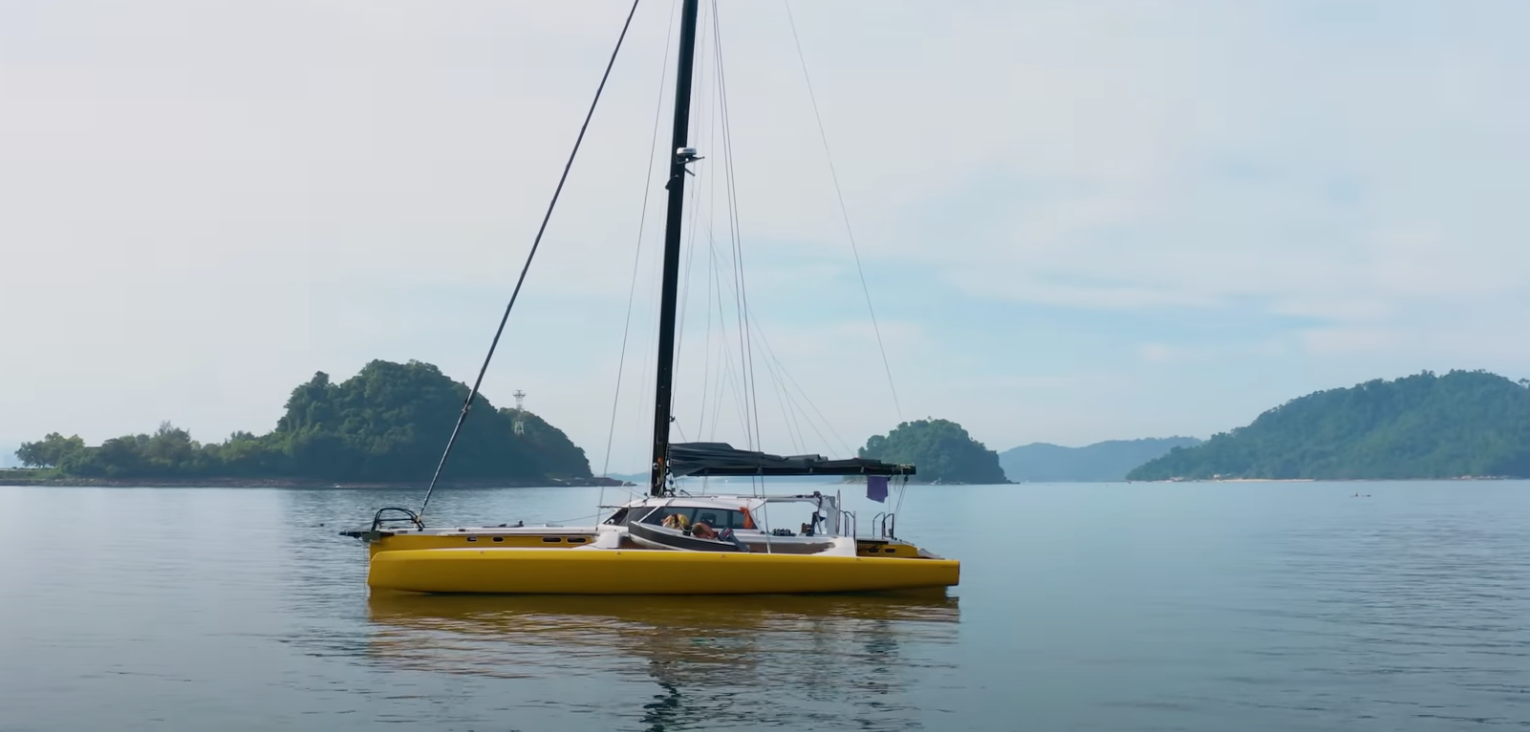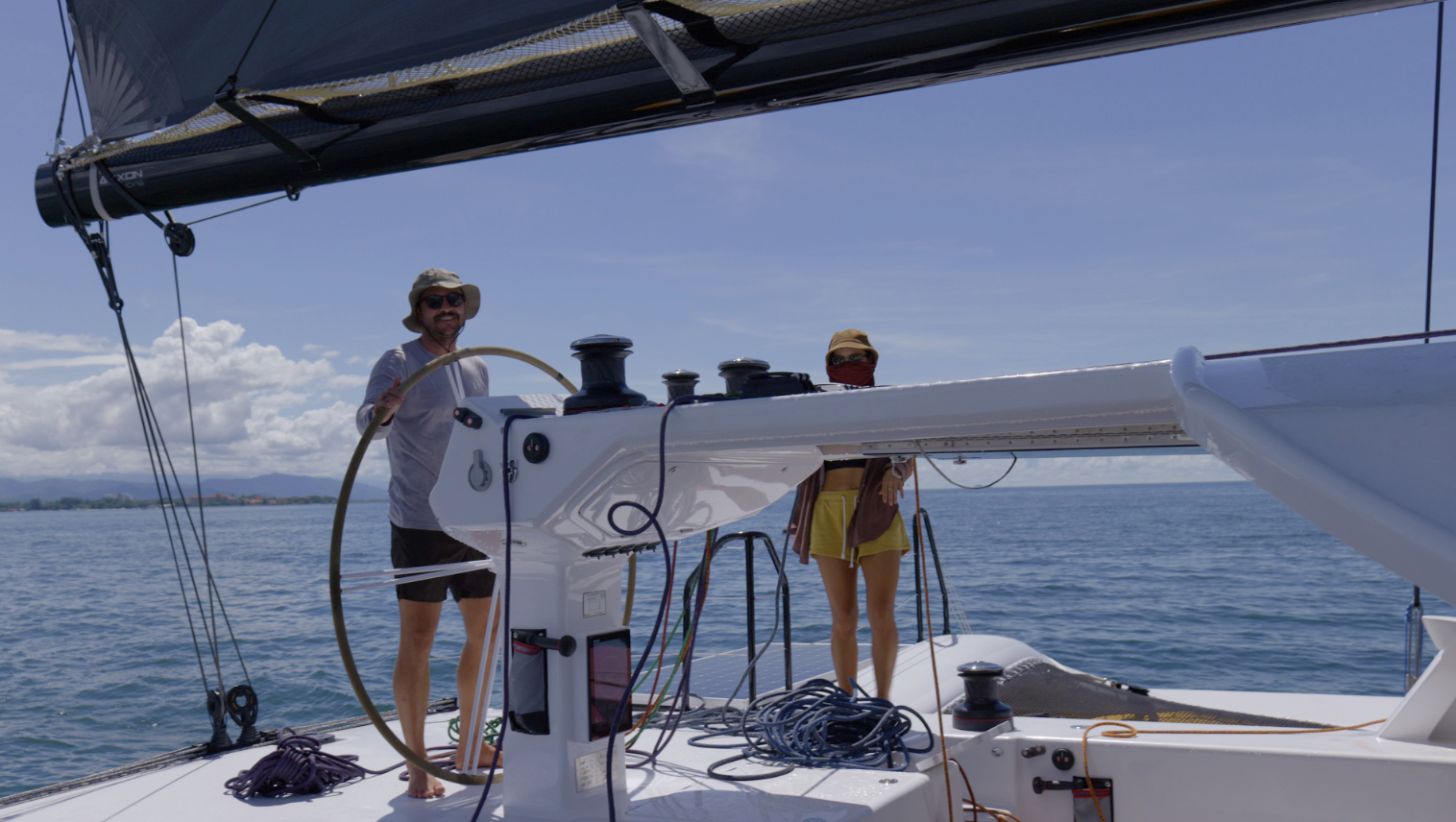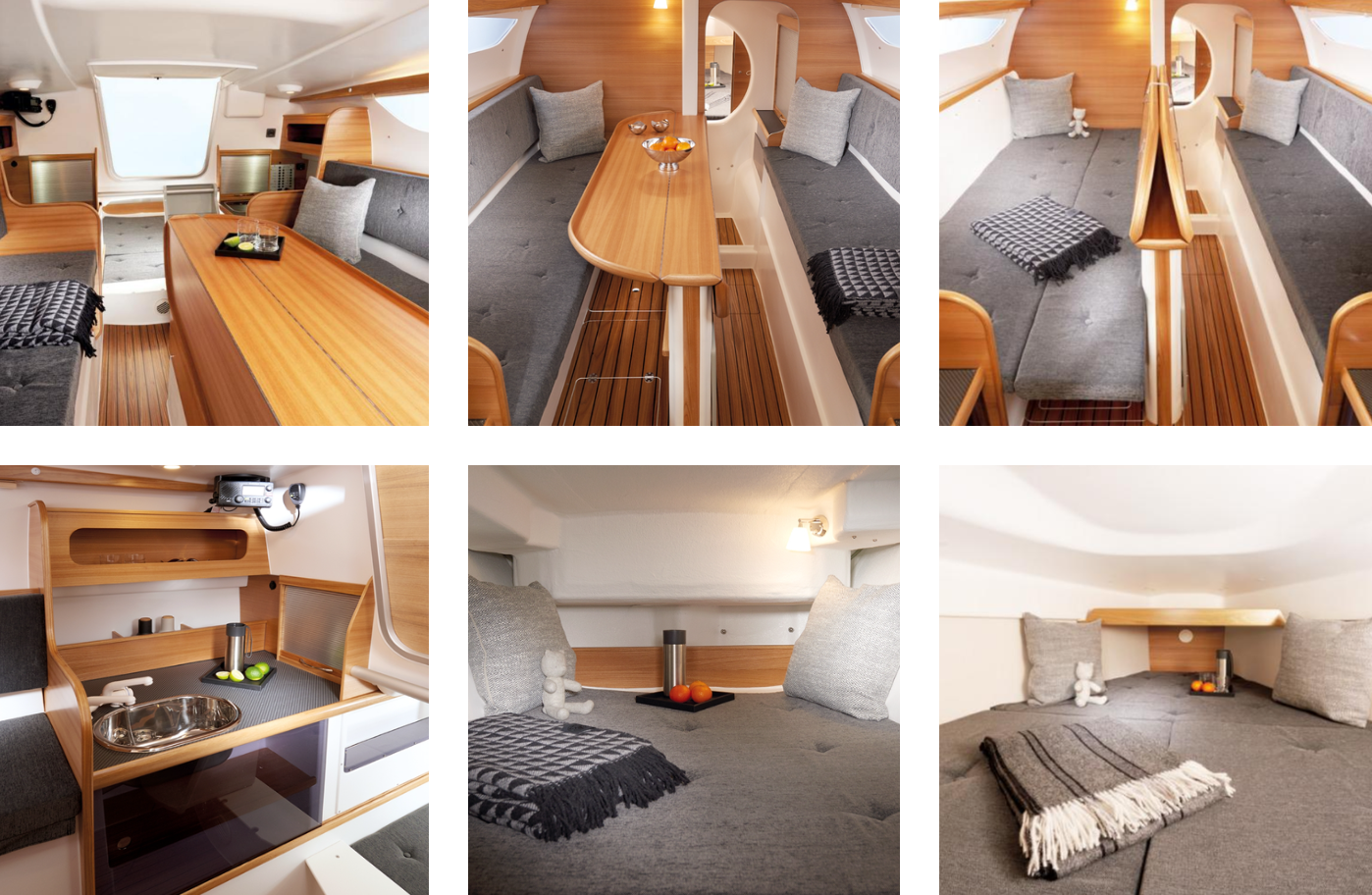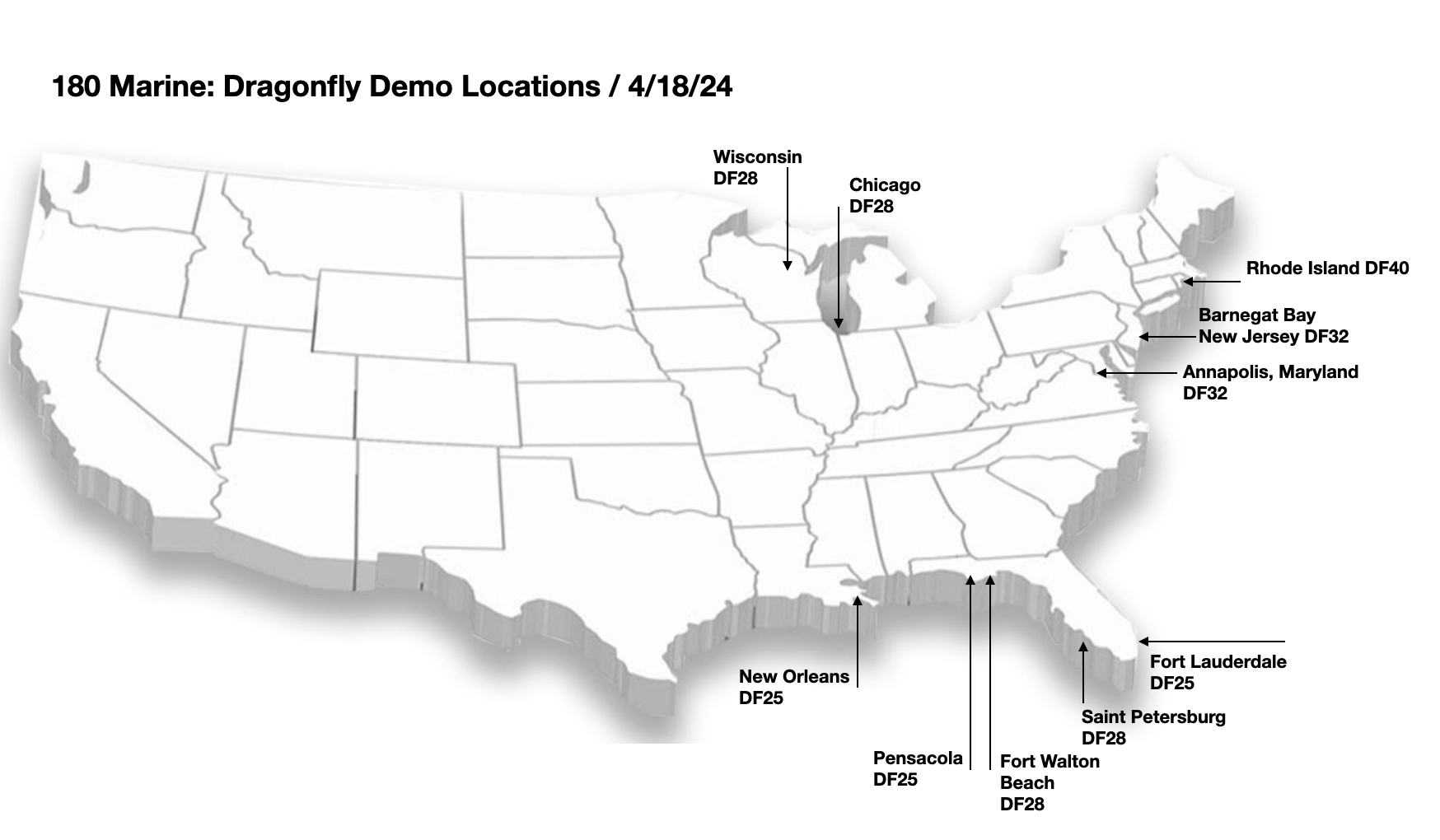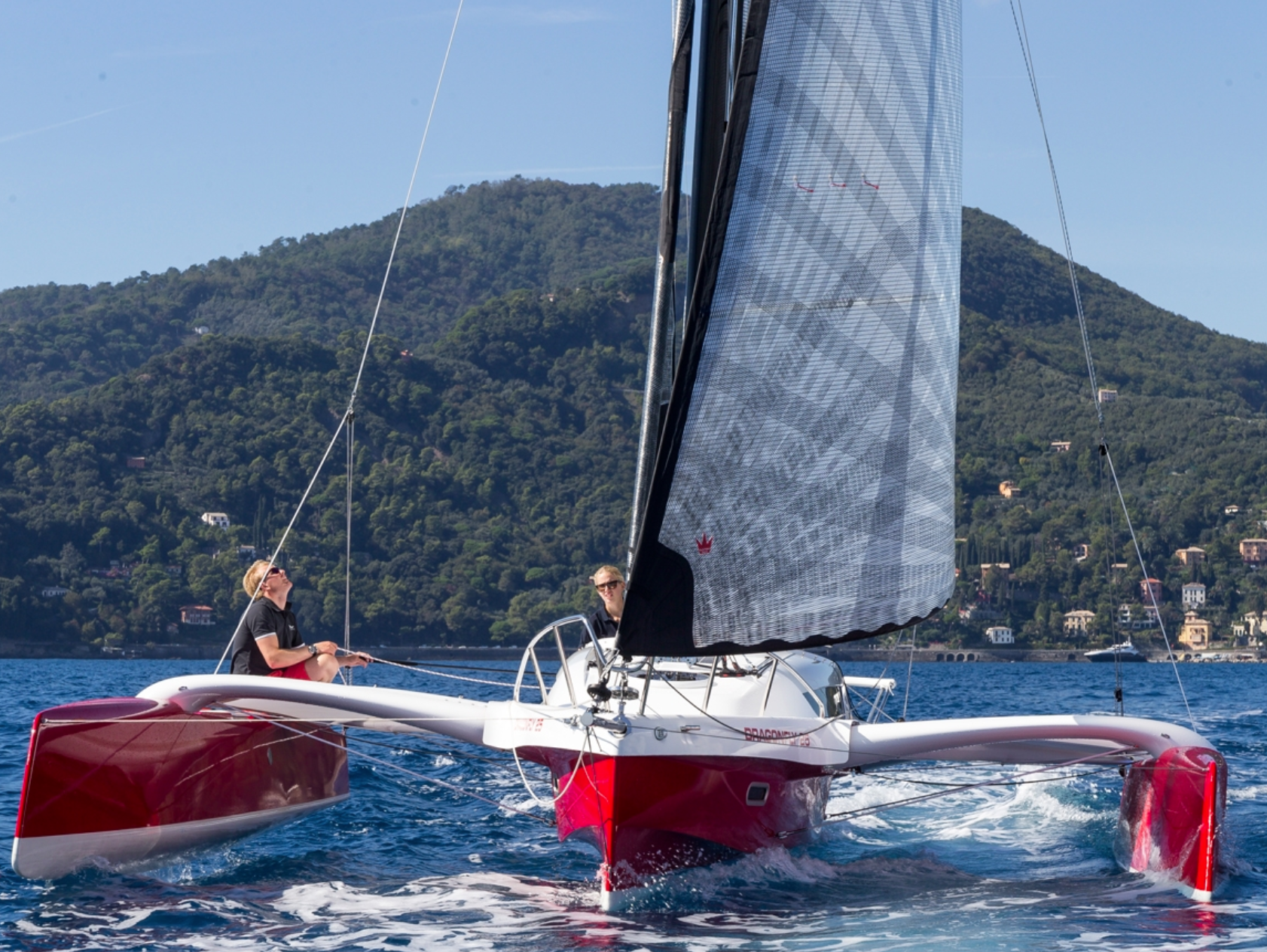The Spring Sailboat Show, often referred to as the fall show’s “little sister”, kicks off the sailing season for the Chesapeake Bay. The show brings together sailors from all over the region to explore the hottest new boats, gear, and tech.
Please join us at the Annapolis Spring Sailboat Show, April 25-27.
We will be showing a Dragonfly 28 Touring model.
Demo sails after the show are possible on April 28 and possibly 29.
They are available by prior arrangement.
Please contact Richard Allen at 180 Marine to schedule your demo.
Dragonfly 28 Touring / is the standard version with 12 m aluminum mast. The Sport version comes with a 13.5 m carbon mast and more powerful sails. The Performance is based on the Sport version with the taller carbon mast, and features new high-volume wave piercing floats.
TRI ME is for sale. Contact Richard Allen for more information. richard@180marine.com
We are showing this boat at the show, a 2023 Dragonfly 28 Touring(ex Quorning demo boat, factory certified, with a 6 month warranty).
If you cannot come to the show, Dragonfly has several locations nationwide where you can try out a Dragonfly trimaran. Select owners have agreed to show and demo their Dragonfly trimaran, this is an unbeatable way to get first-hand information from an owner about the Dragonfly ownership experience.
If you’re looking for a Dragonfly trimaran for sale, please get in touch with 180 Marine directly for more information about placing your order, or we can add you to our watch list for used models that become available.
The perfect boat does not exist - but the Dragonfly Trimaran 28 is close to this ideal. The Dragonfly Trimaran 28 comes in two versions: the Dragonfly Trimaran 28 Touring version and the Dragonfly Trimaran 28 Performance version.
We are extremely proud to announce that the Dragonfly 36 Performance Cruiser has been nominated for Multihull of the Year, by Multihulls World, in the Performance category. To expand your knowledge about the new Dragonfly 36, enjoy this video while Peter Quorning takes you thoroughly through the Dragonfly 36.
Hi, I’m Richard Allen, CEO at 180 Marine
180 Marine is an authorized dealer for Dragonfly trimarans, Corsair trimarans, and the Cape WT10.
Let me know how I can help answer your questions about sailing these fantastic trimarans! info@180marine.com









